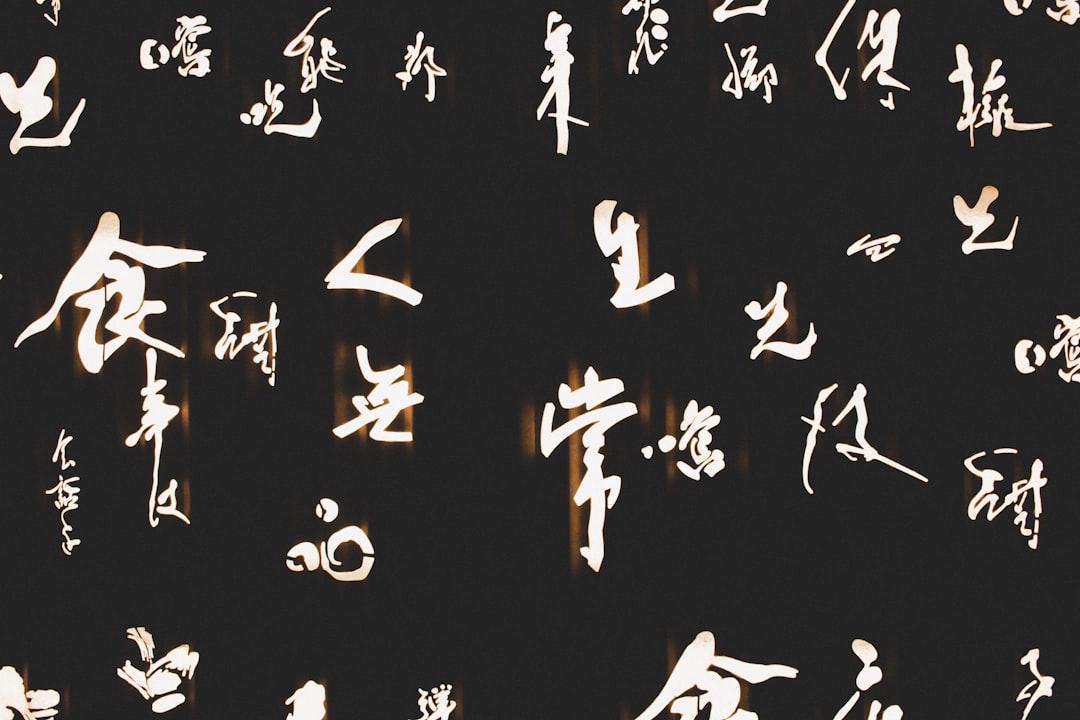What is it about?
From the reflection on the different theoretical approaches related to the description and comparison of translations, and through the application of the analysis instruments of descriptive translation studies, it is possible to identify some distinctive characteristics of the translation from a gender perspective. The description of the translation of a report by UN Women, the main international body for the defence of women's rights, allows us to distinguish certain linguistic-contextual norms that account for intentional behaviour patterns oriented towards the discursive equality between women and men.
Featured Image

Photo by Tim Wildsmith on Unsplash
Why is it important?
This article is an example of application of the Lambert descriptive translation studies model. The analysis is centered on a gender perspective and is applied to an individual case study: the UN Women report entitled "Turning promises into action: Gender equality in the 2030 Agenda for Sustainable Development.”
Perspectives
I hope this article brings new thoughts about translation and gender in a gender-mainstreaming world. ‘Gender mainstreaming’ has been defined by the United Nations Economic and Social Council as ‘a strategy for making women’s as well as men’s concerns and experiences an integral dimension [of] societal spheres so that women and men benefit equally and inequality is not perpetuated’. This is our new goal as translators.
Ms. Gabriela Garrido
Universidad de Buenos Aires
Read the Original
This page is a summary of: Traducir con perspectiva de género, Babel Revue internationale de la traduction / International Journal of Translation / Revista Internacional de Traducción, April 2021, John Benjamins,
DOI: 10.1075/babel.00202.gar.
You can read the full text:
Contributors
The following have contributed to this page










